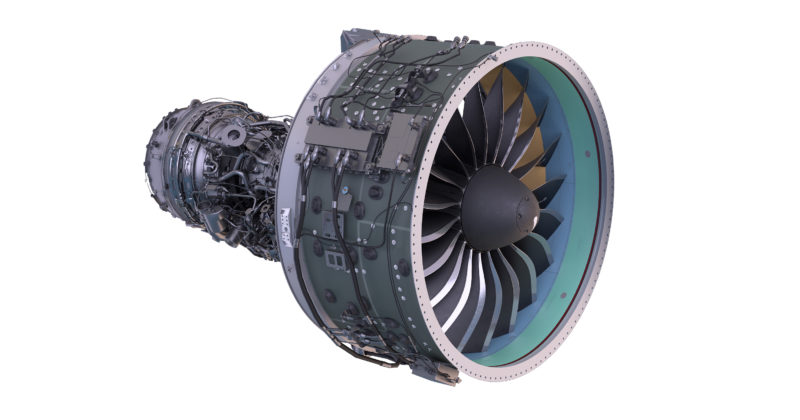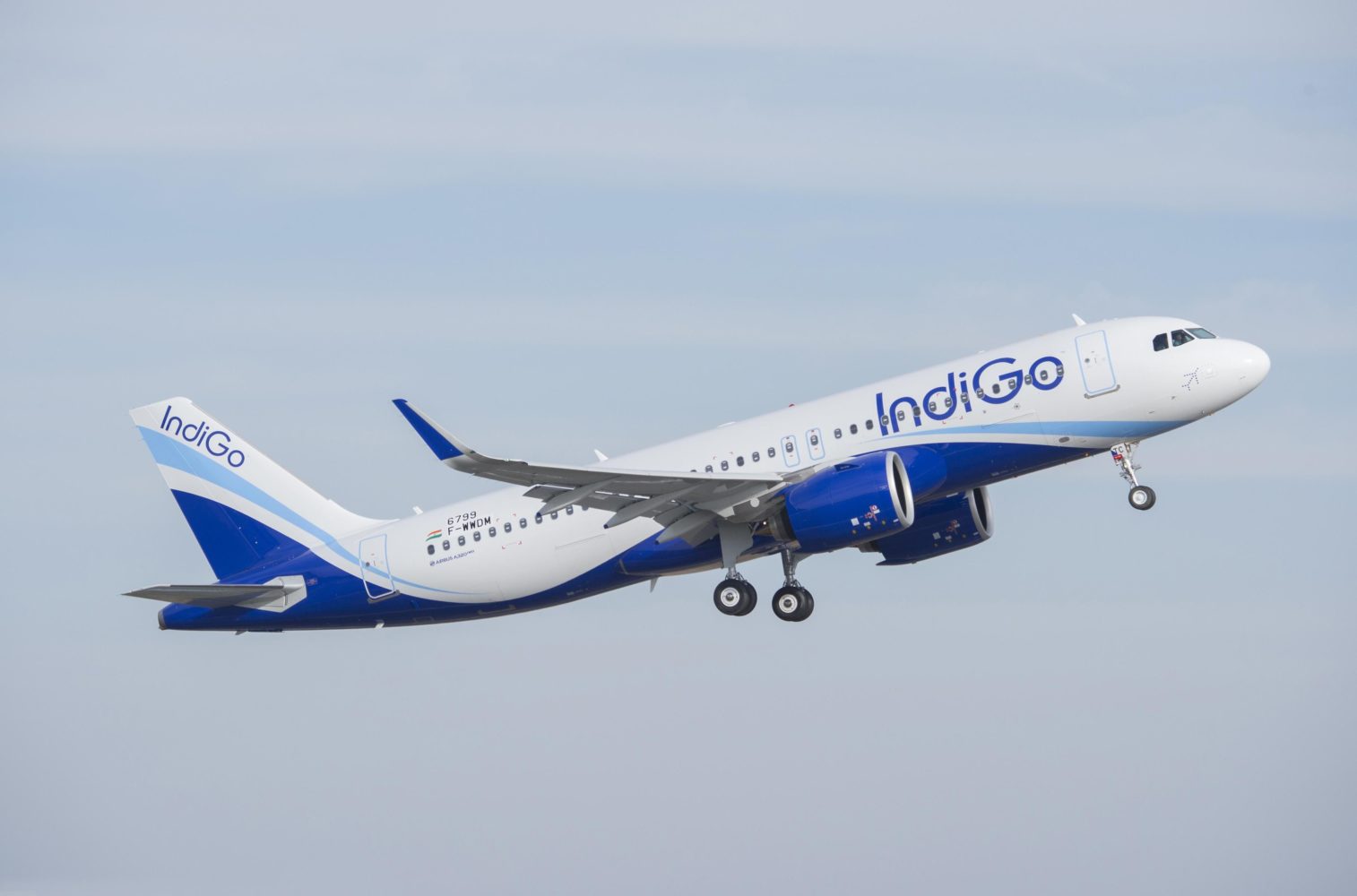IndiGo has issued a warning to its pilots flying the Airbus A320neo aircraft, to stop pushing engines to their limit, during takeoff and climb, following multiple engine failures that have been recorded throughout the year.
India’s aviation regulator has said that the practice of using full power, instead of reduced calculated power, for takeoff and climb may have contributed to the 13 engine failures during ascents this year. Each failure reportedly has to do with the low-pressure turbine section of the engines.
According to Bloomberg a spokesperson from the airline said they now use a lower thrust setting for takeoff and climb, as advised by Airbus and Pratt and Whitney.
The investigation was sparked after it was found that IndiGo was the only airline suffering from such a significant amount of Pratt and Whitney Geared Turbofan failures.
India’s Directorate General of Civil Aviation launched a comparative check of IndiGo and Go Air and found that the latter used the normal calculated thrust setting, thus reducing engine strain.
Airbus notes that the aircraft can operate at full thrust, however notes that it is best to use the appropriate thrust setting calculated by weights, temperatures and other performance related factors.
As a result of the finding, IndiGo instructed its A320neo Family pilots last month to use no more than 93 percent thrust on the Pratt and Whitney engines until they are flying above 25,000 feet. Additionally, IndiGo has switched to the more common alt-climb method used by Go Air; which is smoother and puts less strain on the engines.
People involved with the matter, and in contact with Bloomberg, have said that pilots and engineers of the airline have now been warned that Pratt and Whitney engines on the A320neo cannot return to full/high power until at least 30,000 feet; with the larger A321neo needing an additional 2,000 feet.

The slight reduction in thrust during takeoff and climb means that the aircraft will take two to three minutes longer to reach their cruising altitude, however this will see almost no difference in fuel consumption.
Because of the ongoing engine issues IndiGo has been dealing with, the Directorate General of Civil Aviation has told the airline that every time they take delivery of a new aircraft, one that hasn’t had its engines replaced, that it must be removed from service until the procedure is complete.
Being the largest customer for the A320neo Family, with 730 of the aircraft on order, IndiGo has been extremely picky about its engine choices, especially with the Pratt and Whitney issues.
Consequently, the airline placed a $20 billion engine order for CFM LEAP engines, however deliveries are yet to start. Pratt and Whitney is currently working on addressing any in service issues experienced by their geared turbofan, which entered commercial service in 2016.




